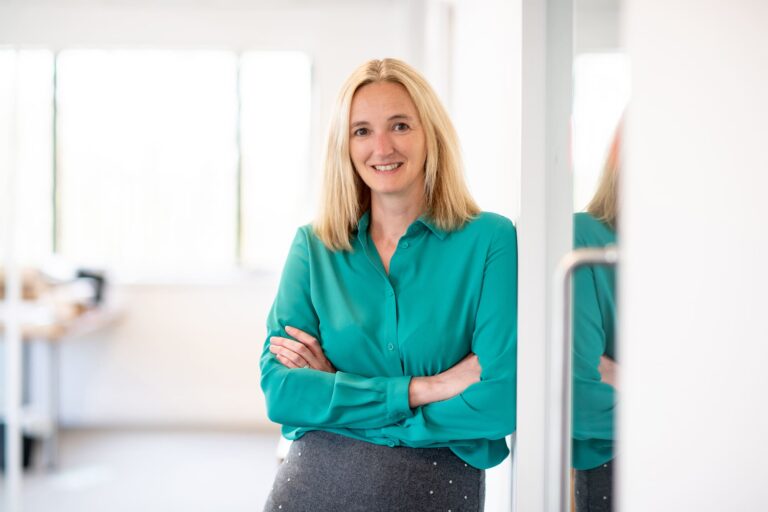The UPC Preparatory Committee met on 27 October 2021, and it seems that preparations for the Unified Patent Court (UPC) are warming up again. Those with long memories will recall that, for many EU contracting states, the UPC will provide a single court for litigation of European patents, rather than having to rely on separate national litigation actions.
Only one more country is required to ratify the PAP-Protocol of the UPC, meaning that the provisional application phase (PAP) of the UPC might be expected to start in late 2021 or early 2022. This provisional application phase is intended to enable the UPC to become ready for operation. Key action points will be finalising the UPC Case Management System, and appointing judges and other staff.
The PAP has no set duration – it will come to an end when the UPC comes into force, i.e. on the 1st day of the fourth month after Germany ratifies the UPC Agreement. The PAP is expected to last 6-10 months. However, personally, I would not be surprised if this PAP timescale were to be slightly extended as there has been a significant lull in activities in recent years. Brexit has also introduced some extra challenges. For example, where will the London section of the Central Division of the UPC be moved to, and will this require an amendment of the UPC Agreement?
The last 3 months of the PAP will form the “sunrise period” during which it will be possible to opt out classical European patents from the jurisdiction of the UPC. Based on current information, we might expect the sunrise period to start towards the end of 2022. However, past experience has made it clear that it is very difficult to estimate UPC timescales with any certainty.
At Boult, we are keeping a close eye on UPC developments, and will keep our clients updated.
https://www.unified-patent-court.org/news/report-preparatory-committee-meeting-held-27-october-2021
On a general note, delegations confirmed their continuous support for the Unitary Patent System before expressing their eagerness for the start of the PAP, currently expected for late 2021 or early 2022.


